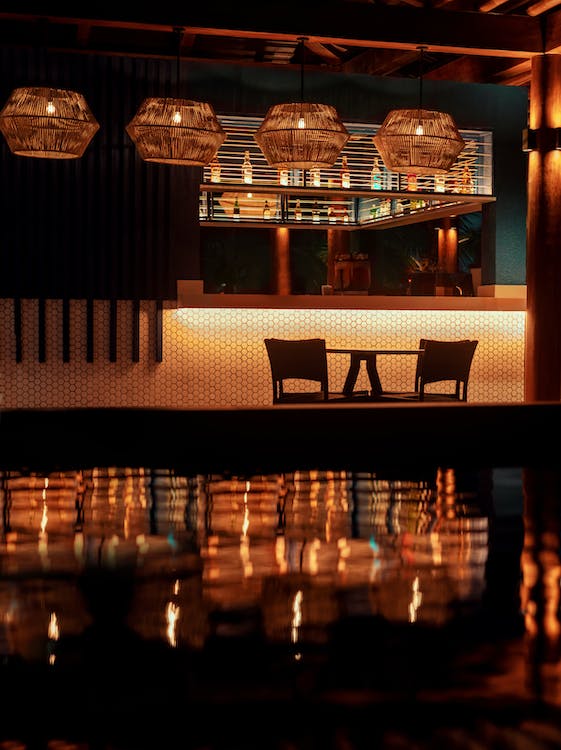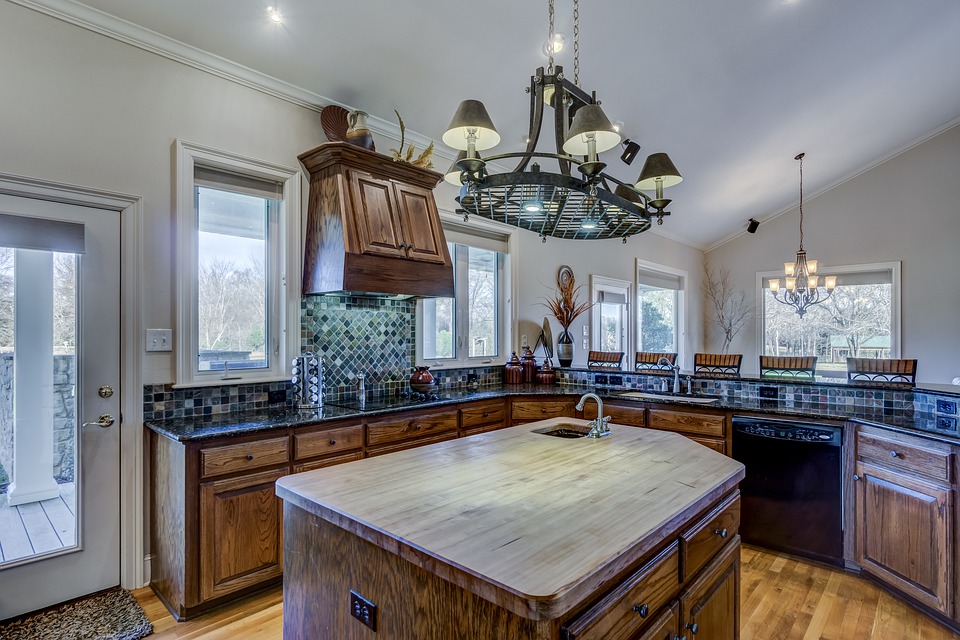When it comes to creating ambiance in a space, lighting is an often-overlooked factor. However, the right lighting can have a dramatic impact on the look and feel of a room. This is especially true in low-light environments, where lighting can work wonders to enhance the atmosphere.
Low-light environments include areas such as living rooms, bedrooms, restaurants, and bars. In these spaces, it’s important to strike a balance between functionality and mood. One way to achieve this is through the use of mood lighting.
What is Mood Lighting?
Mood lighting is a type of lighting that is designed to create a specific mood or atmosphere. It can be used to highlight key features in a room, draw attention to decorative elements, or simply provide a warm and inviting glow.
It is typically achieved through the use of dimmer switches, colored bulbs, and strategically placed fixtures. By adjusting the brightness and color of the lights, you can create a wide range of moods and effects.
Types of Mood Lighting
Several types of mood lighting can be used to enhance low-light environments:
Accent Lighting
The emphasis draws attention to certain elements, such as places or items, within the room. This may take the form of a piece of artwork, a feature of the architecture, or a decorative element. You may produce a more engaging and exciting visual experience by directing the light of a focussed beam at these components in order to bring attention to them and create the illusion of movement.
Ambient Lighting
Ambient is used to provide a general level of illumination in a room. This can be achieved through the use of overhead fixtures, lamps, or wall sconces. Ambient lighting should be soft and diffuse, creating a warm and inviting glow that makes the space feel comfortable and welcoming.
Task Lighting
The task light is used to provide focused illumination for specific tasks, such as reading or working. This can include desk lamps, floor lamps, or table lamps. Task lighting should be bright and targeted, providing enough light to perform the task at hand without creating glare or eye strain.
The Benefits of Mood Lighting
Enhances Atmosphere
It can help create a specific mood or ambiance to enhance the overall atmosphere of a space. By setting the right mood, you can make your low-light environment more inviting, comfortable, and relaxing. For instance, in a bedroom, soft lighting with warm colors can help you relax and feel cozy. In a restaurant, dim lights with accents can create a romantic ambiance. In a bar, bright lights with distinct colors can create a lively vibe.
Moreover, different types of light sources have varying effects on people’s moods and emotions. Research shows that blue light can help improve concentration and alertness while red light is associated with passion, excitement, and energy. Therefore, using color-changing bulbs or filters can provide flexibility in creating different moods for various occasions. In addition, adjustable dimmer switches allow you to tailor the light intensity to suit your preferences and needs.
Improves Functionality
It can also enhance the functionality of space in low-light environments. Task lighting, such as table lamps or floor lamps, can help with specific activities like working on a computer or reading a book. Proper task lighting can reduce eye strain, and headaches and improve productivity and efficiency.
In restaurants and bars, dim lighting can create a chic ambiance but can also make it difficult for diners to read menus or see their food. Adding accents to the tables or providing adequate ambiance can enhance the dining experience by making the food look more appetizing and allowing customers to see what they are eating.
Adds Visual Interest
It can also add visual interest to a room by highlighting key features and decorative elements. This can create a more dynamic and visually appealing space. For instance, in a living room with a fireplace, accents can be used to highlight the fireplace, making it a focal point of the room.
In addition, outdoor spaces, such as gardens or patios, can benefit from it by creating an ambient atmosphere that highlights the beauty of nature. Using different types, such as pathway lighting, spotlights, or lanterns, can add depth and dimension to landscaping, water features, and outdoor sculptures, transforming your outdoor space into a magical wonderland.
The Importance of Professional Lighting
While it’s possible to achieve a basic level of mood lighting with DIY solutions, working with a professional outdoor contractor can take your idea to the next level.
A professional outdoor lighting company can provide expert advice on the best solutions for your specific space and needs. They can also take care of installation and maintenance, ensuring that your system remains in top condition over time.
Working with a professional outdoor lighting company such as Blingle can also give you access to a wider range of options and technologies. This includes advanced LED lighting solutions, which can offer improved energy efficiency and longevity over traditional options.
Conclusion
In low-light environments, lighting can make all the difference when it comes to creating the right mood and atmosphere. By using mood lighting, you can enhance the ambiance of your space, improve functionality, and add visual interest. And by working with a professional outdoor lighting company, you can take your design to the next level, ensuring that your space looks and feels its best for years to come.





